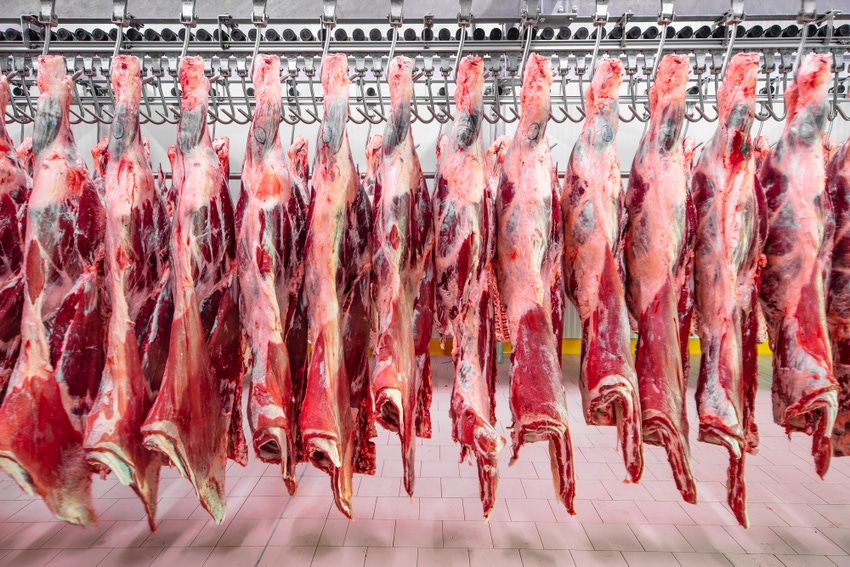Bruising, carcass contamination surface as key issues of focus for industry.

Results from the 2022 National Beef Quality Audit showed that the cattle industry has made great progress on past key areas of focus, but it also shed light on issues that need addressing.
“The audit is a snapshot of where we are in the industry; it gives us an idea of some things we need to be focusing on,” says Dr. Trey Patterson, chief executive officer of Padlock Ranch. “For anyone who is serious about the cattle business, this is really a must read.”
Looking back at some of the earlier issues, such as carcass defects, wasteful fat, and food safety, tremendous progress has been made.
“We measure, we analyze, and then as an industry, we respond,” Patterson says, adding that the industry has to keep the momentum going.
Dr. Brandi Karisch, associate professor at Mississippi State University, says one thing producers “can hang their hats on” from the audit is the improvement in quality grade. “This audit saw the highest amounts of Prime and Choice carcasses, so that means producers are doing a good job of selecting those genetics that we know are going to produce that high-quality beef.”
Almost no injection site legions were in the latest audit, but some other areas surfaced that will need the industry’s attention, according to Dr. Clay Mathis, director and endowed chair of the King Ranch Institute at Texas A & M University-Kingsville.
In both the fed cattle and the market cow and bull audit, “there was more bruising than we would have like to have seen,” he notes.
How does the industry respond to that? Dr. Mathis says the industry has to be more thoughtful about cattle handling as it relates to facilities as well as trailer design and hauling. “That bruising yields trim, and that’s losses. So, we want to avoid that.”
Another area of improvement is upgrading cow condition before the cows are sent to market. “When they go to market and they’re that thin, we’re pretty limited in what we can do with them,” he says.
One surprise during the audit, Dr. Mathis points out, was how full bags in lactating cows affect processing. “If milk is spilled on the floor or on the carcasses, that’s a contaminant.”
Producers need to be more thoughtful about how cows are marketed.
Lastly, Dr. Mathis reveals that 100% of the packing plants found buck shot and bird shot in carcasses. The industry needs to figure out where this type of a foreign object could enter the carcasses, “and we’ve got to work to eliminate that.”
Overall, herd health continues to be a big deal for the cattle industry, adds Dr. Patterson.
“We have done an exceptional job, and we need to be proud of that. That is the take-home message to me: We are doing really well. We can do better, but we’ve come a long way quick,” says Dr. Mathis.
About the Author(s)
You May Also Like





